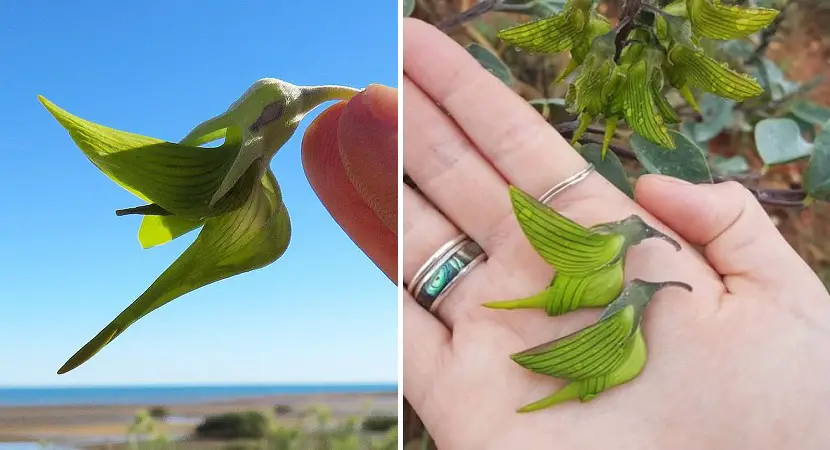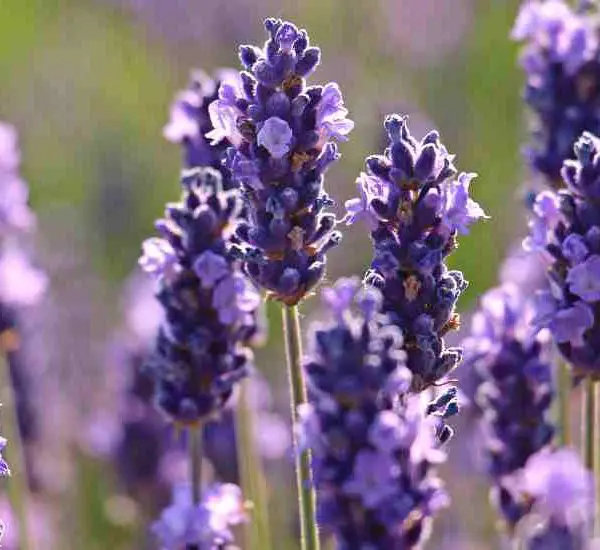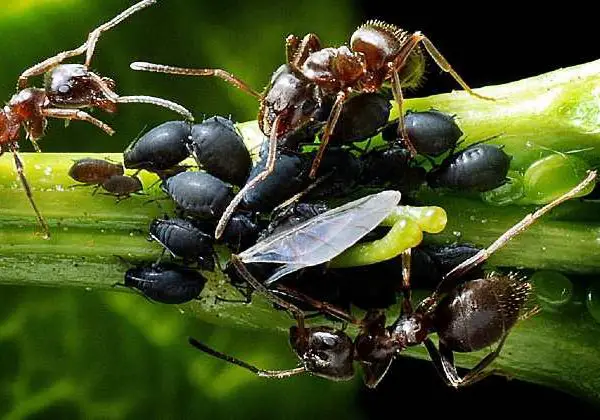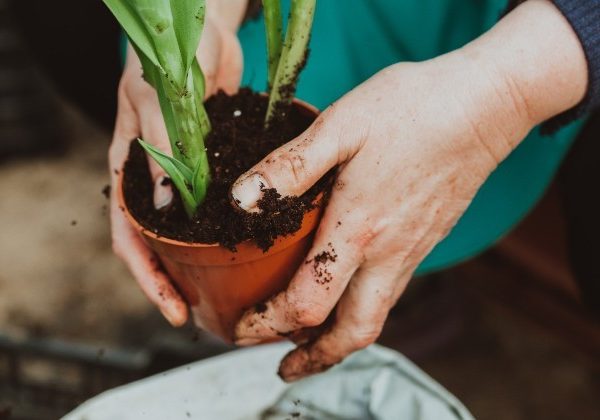Plants have a special way of bringing peace and joy into our lives, with their diverse shapes and forms. Among them, some plants surprise us with shapes that resemble creatures or objects we never imagined. One such fascinating plant is the Crotalaria cunninghamii, known for its flowers that bear a striking resemblance to hummingbirds.
The Royal Bird Flower
Native to Australia and thriving in sand dunes, the Crotalaria cunninghamii earns its nickname, the “Royal Bird Flower,” due to its uncanny resemblance to tiny birds perched on stems through their beaks. This shrub can reach heights of up to three meters and thrives in warm climates, requiring ample water and well-drained soil for optimal growth.
With hairy branches that feel like wool to the touch and oval leaves measuring up to 3 cm, this plant stands out in appearance. Its larger-than-life flowers feature stripes with delicate black lines, adding to its allure. Rich in chlorophyll, the plant boasts an intense green hue, further enhancing its beauty.
Pollination and Adaptation
The unique shape of the Crotalaria cunninghamii’s flowers serves a vital purpose in pollination. Birds are attracted to their bird-like appearance and often perch on them to feed, inadvertently aiding in seed dispersal as they carry seeds to other areas with their beaks and legs.
While unmistakably plants to human eyes, these flowers exemplify nature’s remarkable ability to mimic other forms of life for survival and adaptation.
Uses and Conservation
Aside from its ornamental value, where it is often showcased in decorative containers for short-term display, the Crotalaria cunninghamii serves several practical purposes. Rich in fiber, it finds applications in various industries, including paper pulp production, rope-making, and crafting fishing nets. Due to its endangered status, efforts are underway to protect and preserve this valuable species.
Whether adorning a living space with its unique charm or contributing to industrial processes, the Crotalaria cunninghamii continues to captivate with its bird-like flowers and multifaceted utility.



